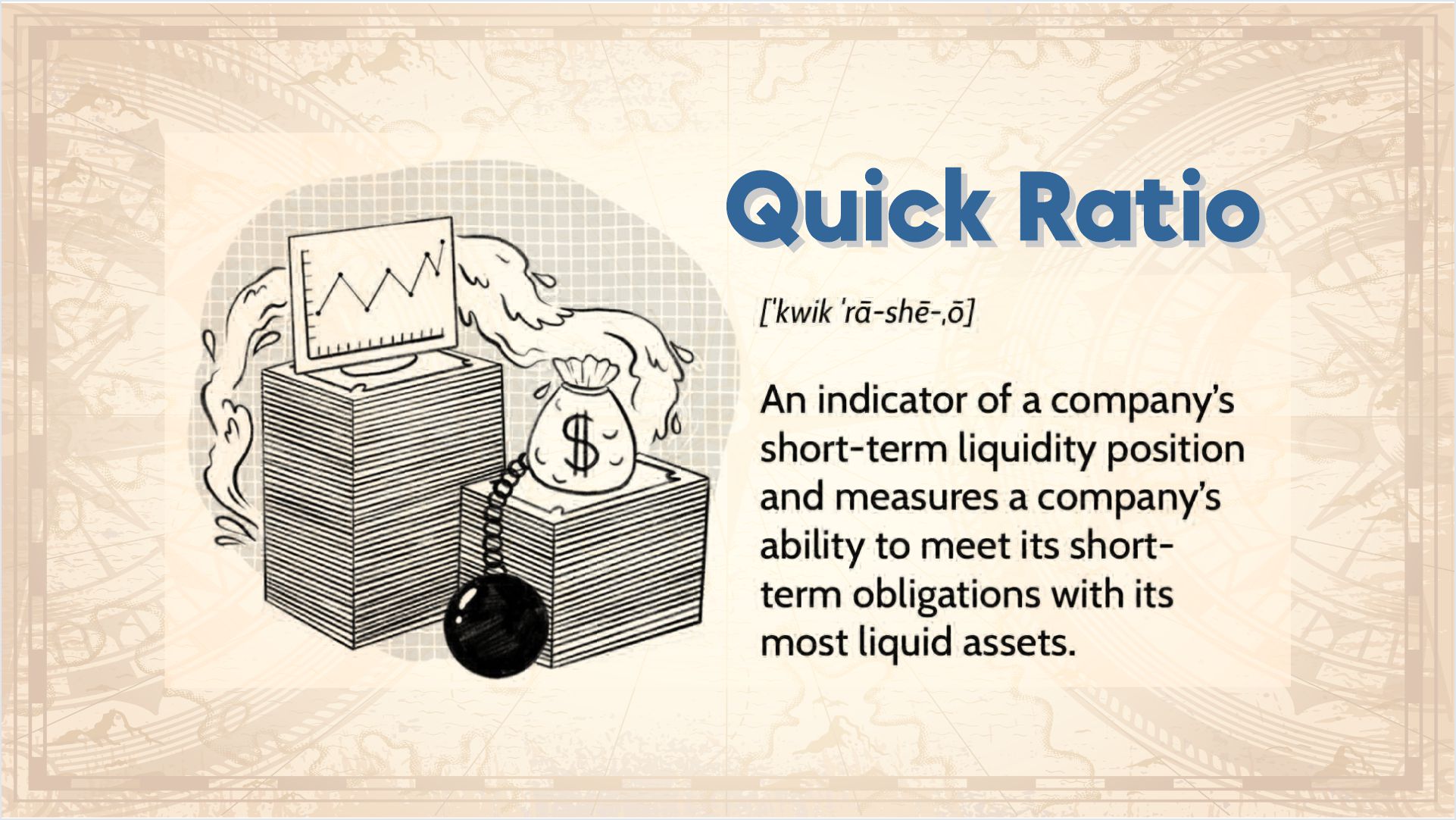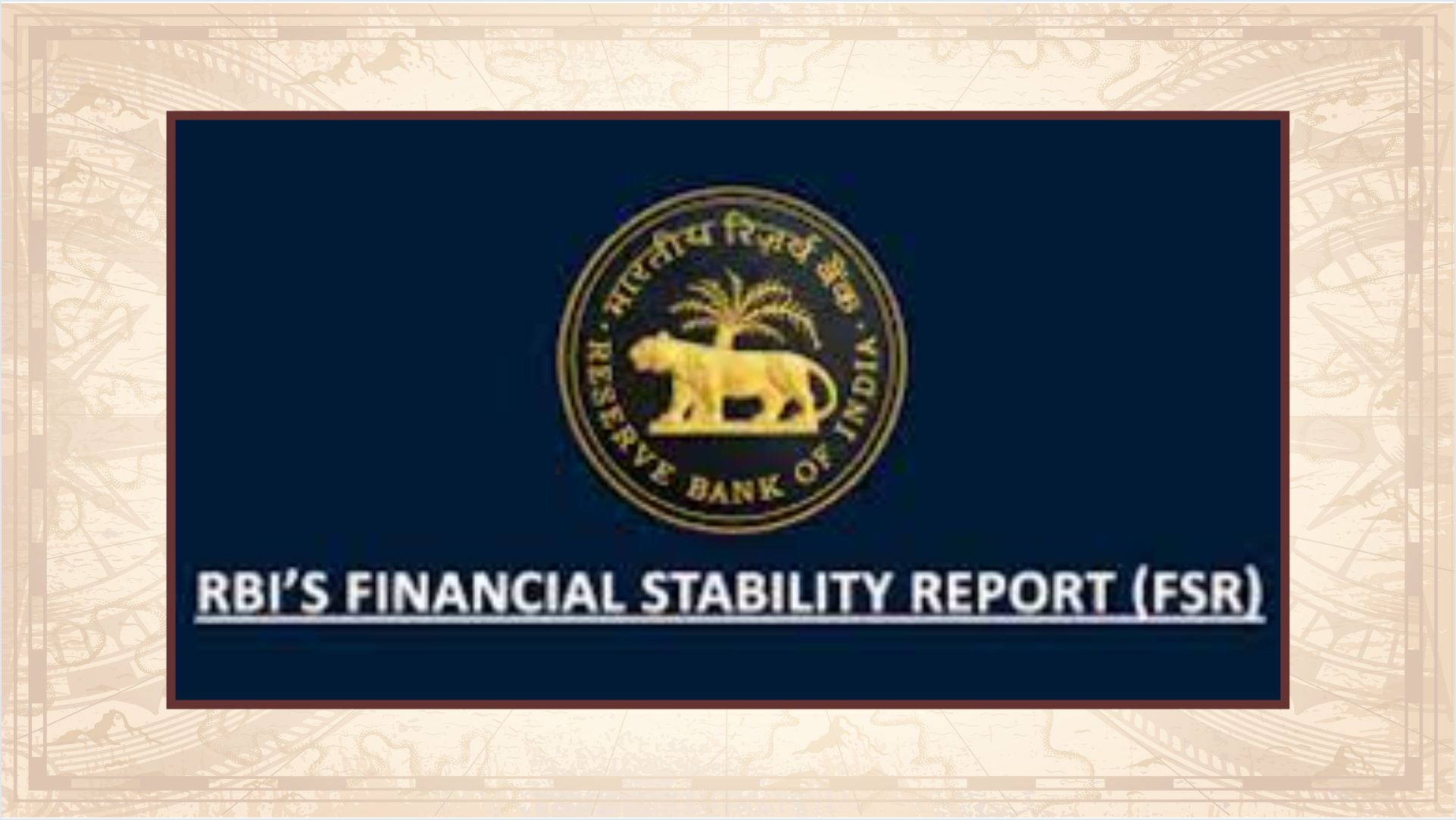
A deep dive into India’s Sugar Sector
The sugar industry in India, a vital component of the country’s agricultural landscape, is currently facing challenging times. The State-wise crushing data for SSY24 (Sugarcane Season Year 2024) paints a picture of decline and uncertainty. In this blog, we’ll dissect the key factors contributing to the negative outlook on the sugar sector and explore the implications for the coming months.

Tesla’s Electric Revolution Gears Up: Manufacturing Unit in Gujarat Nears Reality
Tesla’s long-anticipated entry into the Indian market is gaining momentum, with reports suggesting that the electric vehicle (EV) giant is on the verge of establishing its first manufacturing unit in Gujarat. The negotiations for this milestone project are reaching their final stages, and an official announcement is expected during the upcoming Vibrant Gujarat Summit next month. Key Points: Strategic Location in Gujarat: While there has been no official confirmation, speculations point towards possible locations such as Sanand, Becharaji, or Dholera in Gujarat for Tesla’s manufacturing plant. Gujarat’s appeal lies not only in its favourable state policies but also in its strategic proximity to ports, facilitating efficient product exports. Government Collaboration: Gujarat Health Minister Rushikesh Patel expressed optimism about Elon Musk’s investment in Gujarat during a recent Cabinet briefing. The government is actively engaged in discussions with Tesla to finalize the deal, emphasizing alignment with Tesla’s goals and aspirations. Vibrant Gujarat

Unveiling Growth Potential: The PEG Ratio as Your Investment Compass
Introduction: In the world of investment analysis, where identifying undervalued stocks with growth potential is a constant pursuit, the PEG ratio emerges as a powerful tool. The Price/Earnings to Growth (PEG) ratio provides investors with a nuanced perspective, combining both valuation and growth considerations. Join us as we explore the significance of the PEG ratio and how it serves as a valuable compass for investors seeking the right balance between price, earnings, and growth. Defining the PEG Ratio: The PEG ratio is a valuation metric that evaluates a stock’s price in relation to its earnings growth. It is calculated by dividing the Price-to-Earnings (P/E) ratio by the expected annual earnings growth rate: PEG Ratio=P/E Ratio/Earnings Growth Rate The P/E ratio represents how the market values a company’s earnings, while the PEG ratio introduces the element of growth, providing a more comprehensive assessment of a stock’s potential. The Significance of the

Navigating Risk and Return: Understanding the Significance of Beta in Investment Analysis
Introduction: In the dynamic world of investing, where risk and return are constant companions, investors seek tools to assess the volatility of a stock or portfolio. Beta, a key metric in the realm of finance, plays a crucial role in understanding how an asset’s price moves in relation to the overall market. Join us as we explore the significance of Beta and its impact on investment decision-making. Defining Beta: Beta is a measure of a stock’s or investment’s sensitivity to market movements. It quantifies the relationship between the price movements of a particular asset and the movements of a benchmark index, often the market as a whole. A beta of 1 indicates that the asset tends to move in line with the market, while a beta greater than 1 suggests higher volatility and a beta less than 1 implies lower volatility. The formula for beta is: Beta (β)= Variance of

Unleashing Financial Freedom: A Deep Dive into Free Cash Flow
Introduction: In the realm of corporate finance, where cash is king, businesses seek not only profitability but also the freedom to invest, grow, and weather economic storms. One key metric that plays a pivotal role in this pursuit is Free Cash Flow (FCF). Join us as we unravel the significance of Free Cash Flow, exploring how this metric empowers companies to navigate the complex terrain of financial management and achieve true financial freedom. Defining Free Cash Flow: Free Cash Flow is a critical financial metric that measures the cash generated by a company’s operations that is available for distribution to investors, debt repayment, or reinvestment. It represents the surplus cash a company has after covering its operating expenses and capital expenditures. The formula for Free Cash Flow is: Free Cash Flow=Operating Cash Flow−Capital Expenditures This metric provides a clear picture of a company’s financial flexibility and its ability to generate

Unveiling Profitability: Navigating Success with the Operating Margin
Introduction: In the dynamic world of financial analysis, companies strive not only for revenue growth but also for sustainable profitability. One key metric that serves as a compass in this pursuit is the Operating Margin. Join us as we delve into the significance of the Operating Margin, exploring how this metric illuminates a company’s efficiency in managing its core operations and ultimately contributes to its financial success. Defining the Operating Margin: The Operating Margin is a critical financial metric that measures the profitability of a company’s core operations. It is calculated by dividing operating income by total revenue and expressing the result as a percentage: Operating Margin=(Operating Income/Total Revenue)×100 Operating income represents the profit generated from a company’s primary business activities before interest and taxes. The Significance of the Operating Margin: Efficiency in Core Operations: The Operating Margin serves as a barometer of a company’s efficiency in managing its core

Safeguarding Financial Viability: A Deep Dive into the Interest Coverage Ratio
Introduction: In the intricate tapestry of financial health, businesses strive not only for profitability but also for stability in meeting their debt obligations. Enter the Interest Coverage Ratio, a key financial metric that acts as a guardian of a company’s ability to manage its interest expenses. Join us as we explore the significance of the Interest Coverage Ratio and how it serves as a crucial safeguard for businesses in the dynamic landscape of finance. Defining the Interest Coverage Ratio: The Interest Coverage Ratio is a financial metric that measures a company’s ability to meet its interest expenses on outstanding debt. It is calculated by dividing a company’s earnings before interest and taxes (EBIT) by its interest expenses: Interest Coverage Ratio=EBIT/Interest Expenses This ratio provides insights into the safety margin a company has in covering its interest obligations. The Significance of the Interest Coverage Ratio: Risk Mitigation: The Interest Coverage Ratio

Striking the Balance: Navigating Financial Stability with the Debt-to-Asset Ratio
Introduction: In the intricate world of financial management, businesses walk a tightrope, balancing risk and reward to ensure sustainable growth. One crucial metric that provides insight into a company’s financial health and risk exposure is the Debt-to-asset Ratio. Join us on a journey as we unravel the significance of this ratio and explore how it acts as a compass for businesses seeking to navigate the delicate dance between debt and assets. Defining the Debt-to-Asset Ratio: The Debt-to-asset Ratio is a financial metric that measures the proportion of a company’s assets financed by debt. It is calculated by dividing total debt by total assets and is expressed as a percentage: Debt-to-Asset Ratio=(Total Debt/Total Assets)×100 This ratio provides a snapshot of the level of financial leverage a company employs to fund its operations. The Significance of the Debt-to-Asset Ratio: Risk Assessment: The Debt-to-asset Ratio is a key indicator of a company’s financial

The Swift Measure: Understanding the Importance of the Quick Ratio in Financial Analysis
Introduction: In the fast-paced world of finance, where agility can be the key to survival, the Quick Ratio emerges as a vital metric for businesses assessing their short-term liquidity. Often referred to as the Acid-Test Ratio, this financial indicator provides a sharper focus on a company’s ability to meet immediate obligations. Join us as we unravel the significance of the Quick Ratio and explore how this metric can be a valuable compass for businesses navigating the currents of financial stability. Defining the Quick Ratio: The Quick Ratio is a liquidity ratio that measures a company’s ability to cover its short-term liabilities with its most liquid assets, excluding inventory. It is calculated by dividing quick assets by current liabilities: Quick Ratio=Quick Assets/Current Liabilities Quick assets typically include cash, marketable securities, and accounts receivable—assets that can be quickly converted into cash. The Significance of the Quick Ratio: Focused Liquidity Assessment: While similar

Balancing Act: Navigating Financial Health with the Current Ratio
Introduction: In the intricate dance of financial management, maintaining a delicate balance between assets and liabilities is crucial for the sustainability of any business. Enter the Current Ratio, a financial metric that acts as a spotlight on a company’s short-term financial health. Let’s delve into the world of the Current Ratio and explore how this ratio plays a pivotal role in assessing a company’s ability to meet its short-term obligations. Defining the Current Ratio: The Current Ratio is a liquidity ratio that measures a company’s ability to cover its short-term liabilities with its short-term assets. It is calculated by dividing current assets by current liabilities: Current Ratio=Current Assets/Current Liabilities This ratio provides insights into whether a company possesses enough liquid assets to meet its immediate financial obligations. The Significance of the Current Ratio: Liquidity Assessment: At its core, the Current Ratio is a measure of liquidity. It helps assess a

Stock Help Analysis: Your Ultimate Health Card for Wealthy Stocks
Ralph Waldo Emerson once famously said, “Health is Wealth,” and this philosophy resonates not only in our personal lives but also in the dynamic world

Stock Emoji Analyser for Stock Analysis
Stock Emoji Analyser for Stock Analysis Embarking on the journey of investing is akin to embarking on a treasure hunt. The goal? Uncover a stock

Unveiling StocksEmoji: Simplifying Stock Market Investing for Everyone
“StocksEmoji is revolutionizing stock market investing by making it accessible to everyone. With simple emoji analysis, comprehensive data, and user-friendly tools, we empower investors to make informed decisions with ease. Whether you’re a beginner or an experienced investor, our platform offers unbiased guidance, visual data simplification, and expert insights to help you navigate market trends confidently.”

Tata Consumer’s Grocery Grab: Analyzing the Capital Foods & Organic India Acquisitions
Tata Consumer Products Ltd. (TCPL), the Indian FMCG giant behind Tetley tea and Himalayan water, made headlines with its recent acquisitions of Capital Foods and Organic India. But were these wise moves, or simply supermarket impulse buys? Let’s delve into the numbers and analyze the potential impact of these deals.

Japan’s Nikkei 225 Hits Three-Decade High
In a remarkable turn of events, Japan’s Nikkei 225 Stock Average has reached heights unseen since the nation’s bubble economy era over three decades ago. Closing at 33,763.18 in Tokyo, the blue-chip gauge surged 1.2%, marking its highest level since March 1990. This resurgence reflects growing investor optimism as Japan emerges from its prolonged battle with deflation, signalling a positive outlook for the country’s economic growth.

Electrifying the Roads: Nishant Arya’s Vision for a 100% Electric bus future by 2030
In recent years, the automotive industry has witnessed a paradigm shift towards sustainable and eco-friendly solutions, driven by a global commitment to reduce carbon emissions. One company at the forefront of this transformation is JBM Auto Ltd, a key player in the Indian automotive sector.

Unveiling Atmanirbhar Bharat Abhiyan: A Revolutionary Roadmap for Self-Reliant India 🚀
In a world of constant change, India has charted a course towards self-reliance with the Atmanirbhar Bharat Abhiyan. This transformative initiative is not just a policy but a journey that touches every aspect of our lives. Let’s dive into the heart of it!

Catalysts of change: Decoding India’s Economic Landscape for Investors
As India charts its course toward economic prosperity, driven by a resurgent capex cycle, robust banking sector, and strategic shifts in global supply chains, the nation is poised for sustained growth in 2024. Investors and businesses alike have a myriad of opportunities to explore in this dynamic landscape, solidifying India’s position as a key player in the global economic resurgence.

SOBHA Ltd: Building a Future of Growth and Resilience
In the dynamic landscape of the real estate sector, SOBHA Ltd. has been an intriguing player, experiencing a transformative journey over the recent years. As we delve into the company’s performance, strategies, and challenges, a compelling narrative of growth and resilience unfolds.

Insights from RBI’s Financial Stability Report
In its latest Financial Stability Report (FSR), the Reserve Bank of India (RBI) sheds light on the rapid expansion of the retail credit segment, raising concerns about the pro cyclicality of lending and heightened debt servicing costs. While there are no immediate signs of stress, the report emphasizes the need for vigilance, especially given the impressive compound annual growth rate (CAGR) of 25.5% in retail loans between September 2021 and September 2023.